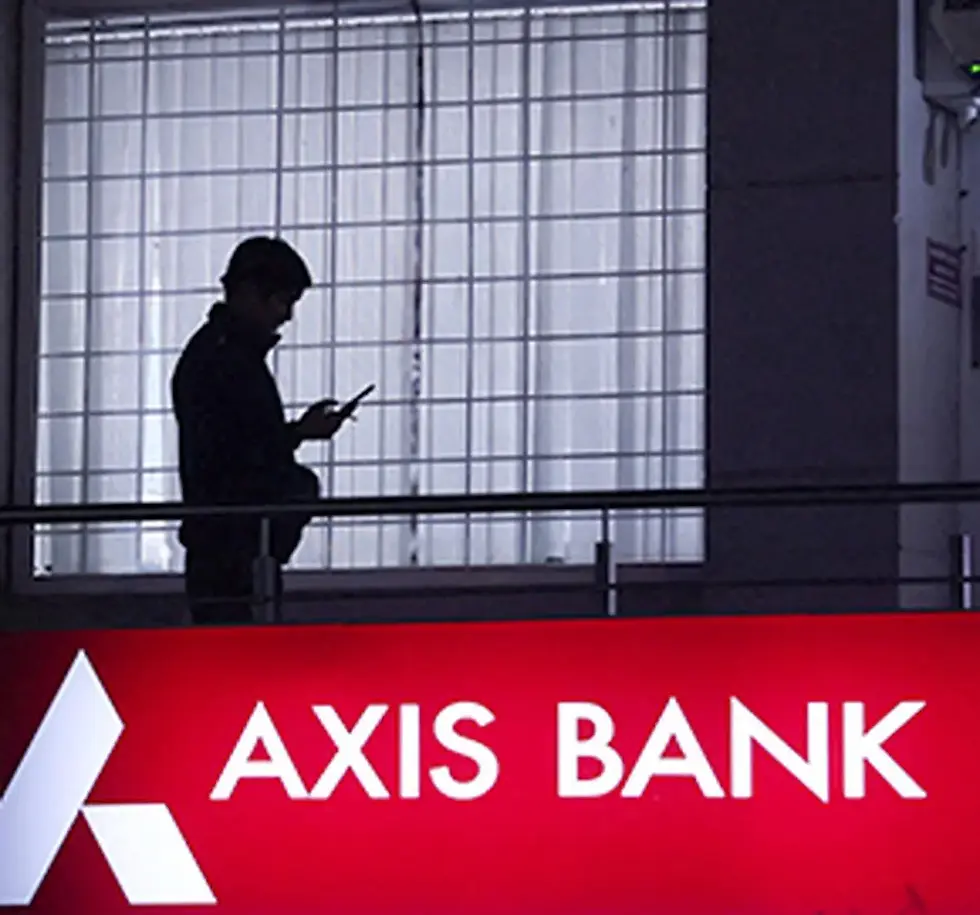market reaction and changes in Axis Bank(Q1 FY26)
- nvshah0610
- Jul 28
- 2 min read

Market Reaction: Big Sell-off Across Financials
On Friday, July 18, 2025, Axis Bank shares experienced sharp declines—plunging 4% to 6.4% intraday, marking their steepest drop in months—after reporting a 4% YoY drop in standalone net profit to ₹5,806 crore. The stock quickly became the worst performer on the Nifty 50, Nifty Bank, and Nifty Private Bank indices, dragging down the indices by approximately 0.5–1%. Financial sector stocks broadly underperformed, anchoring the Nifty and Sensex lower during the day. What Triggered the Stock Decline?
The investor-cited culprit was a one-time “technical impact”—an RBI-driven recalibration of loan classification norms—resulting in ₹8,200 crore of slippages and nearly ₹3,948 crore in provisions, nearly double year-on-year. This shifted Axis’s gross NPA ratio from 1.28% to 1.57%, and compressed its net interest margin (NIM) from 4.05% to 3.80%, driving negative sentiment despite modest revenue growth. Technical Analysis & Downside Risk
Following the results, technical indicators signaled bearish momentum. Axis Bank’s share price broke below its 200-day moving average for the first time since April 2025, with analysts pointing to support levels at ₹1,150–₹1,120. Breach of these zones could expose further downside toward ₹1,080–₹1,050. GDRs (Global Depository Receipts) also sank ~5%, reflecting weakness in overseas sentiment. Investor Sentiment and Forward Outlook
Retail sentiment flipped bearish almost instantly, driven by concerns over rising credit costs, margin erosion, and elevated slippages. At the same time, institutional and broker perspectives remained mixed—some downgraded ratings and lowered target prices (e.g. Nuvama to ₹1,204, IIFL to ₹1,250–1,280), while others maintained “Accumulate” ratings, citing operational strengths and medium-term upside potential. Summary
While Axis Bank’s core operations—like non-interest income and cost control—remain healthy, the regulatory-mandated one-off provisions and asset reclassification triggered immediate market backlash. Key investor concerns include NIM compression, slowing loan growth, and elevated credit costs, notably in unsecured and MSME segments. The recovery of both stock sentiment and earnings hinges on how Axis manages margin recovery and stabilizes asset quality in the coming quarters.





Comments